Mission to Mars Teacher Toolkit

Unit 1: Life in the Universe
Big Bang, origins of life, and planetary science.
Unit 2: Space Exploration
History of human spaceflight, exploration of Mars, and sustainability challenges.
Unit 3: Mission to Mars
Designing a sustainable Mars mission; connecting space innovation to Earth.
Learners can start Units 1 & 2 from 4 August and complete them at their own pace. Unit 3 launches 4 September, with all three units available to complete during World Space Week (4–10 October) and beyond.
To earn the credential, all three units must be completed by 10 October.
Introductory & Exploratory Activities
These activities are designed to complement the Mission to Mars units and help your students dive deeper into the content. They encourage independent exploration and critical thinking. Use these classroom ideas to spark discussion and promote hands-on learning.
PRIMER: "5 Fascinating Facts"
Duration: 10 minutes
Objective: Introduce students to the ITZA platform and promote independent exploration.
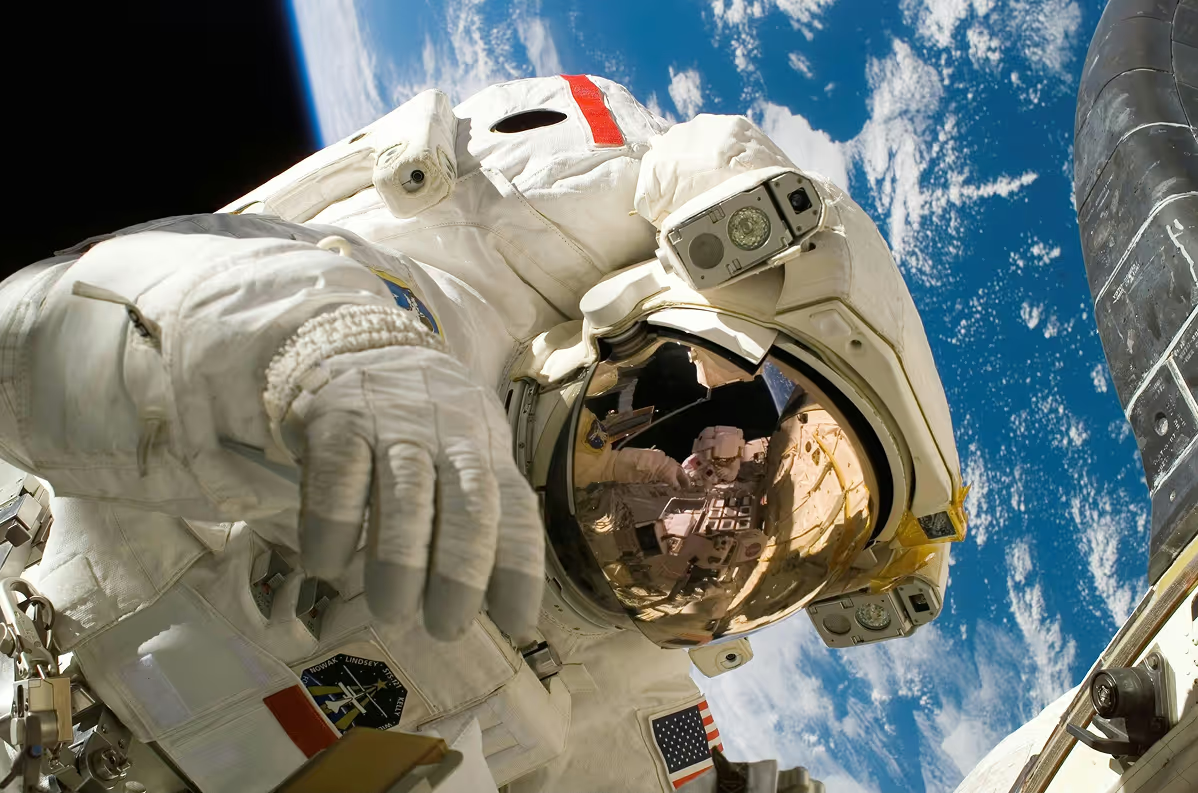
Instructions
1. Direct students to explore the Mission to Mars content on ITZA.
2. Set a timer for 10 minutes. Ask each student to find and write down 5 new facts or insights they didn’t know before.
3. Invite volunteers to share their favourite fact with the class.
Teacher Tip
You could use this as a bell-ringer activity or post-break re-engagement task.
Benefits
✅ Sparks initial curiosity
✅ Encourages self-guided learning
✅ Builds discussion and sharing confidence
Warm-Up Questions (Optional Starters)
Use these as discussion openers or journal prompts:
• If everything is made from stardust, what does that make us?
• If the universe has no edge, what lies beyond it?
• Could a black hole eventually spit you out in a different universe?
ACTIVITY 1: From the Perspective of an Atom
Duration: 15–30 minutes
Objective: Promote creative thinking and understanding of Earth’s formation through storytelling.

Instructions
1. Pair students up.
2. Each student does quick research on the formation of Earth. Together, they write or act out a short story from the perspective of an atom during Earth’s formation.
3. Present or read the stories to the class.
Extension
Facilitate a short class discussion on the most creative or scientifically grounded stories.
Benefits
✅ Enhances storytelling and empathy in science
✅ Fosters research and imagination
✅ Builds collaboration skills
ACTIVITY 2: Designing Your Exoplanet
Duration: 30 minutes to half a day
Objective: Explore planetary science and teamwork through creative model-building.
Materials Needed: Paper, scissors, glue, tape, colored pens/pencils, modeling clay (optional)
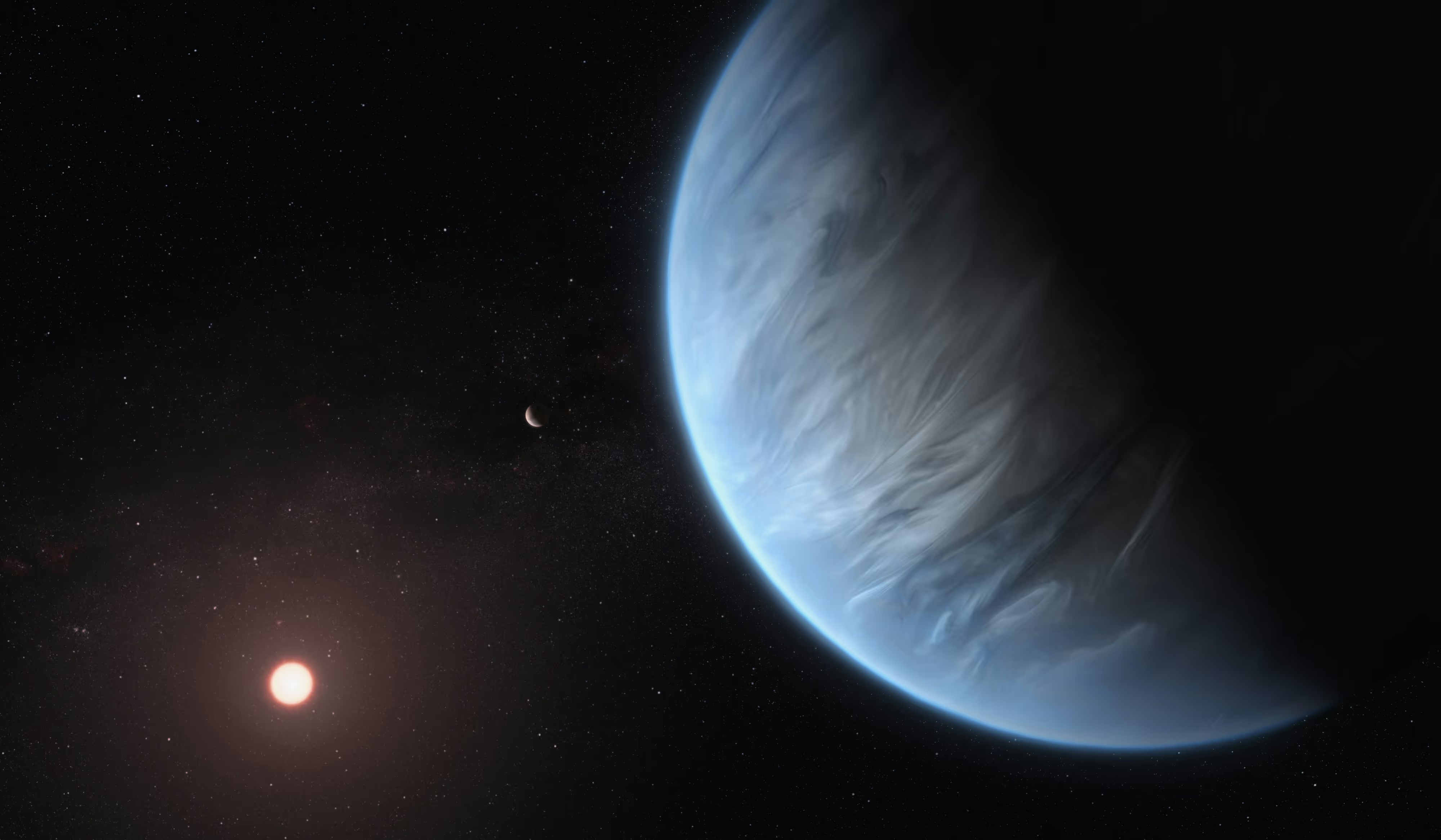
Instructions
1. Divide the class into groups of 5–7.
2. Task each team to design an original exoplanet that can support life.
3. Include features like: terrain, atmosphere, water source, gravity, etc.
4. Create a physical model of the planet using classroom supplies.
5. Present the planet to the class.
Extension (Debrief Discussion)
• What design choices worked best?
• How did the group overcome disagreements or challenges?
• What surprised you during this activity?
Benefits
✅ Promotes teamwork and leadership
✅ Encourages systems thinking and creativity
✅ Reinforces knowledge about Earth's unique traits
ACTIVITY 3: The Great Debate
Duration: 30–60 minutes
Objective: Cultivate research, public speaking, and critical thinking through scientific debate.
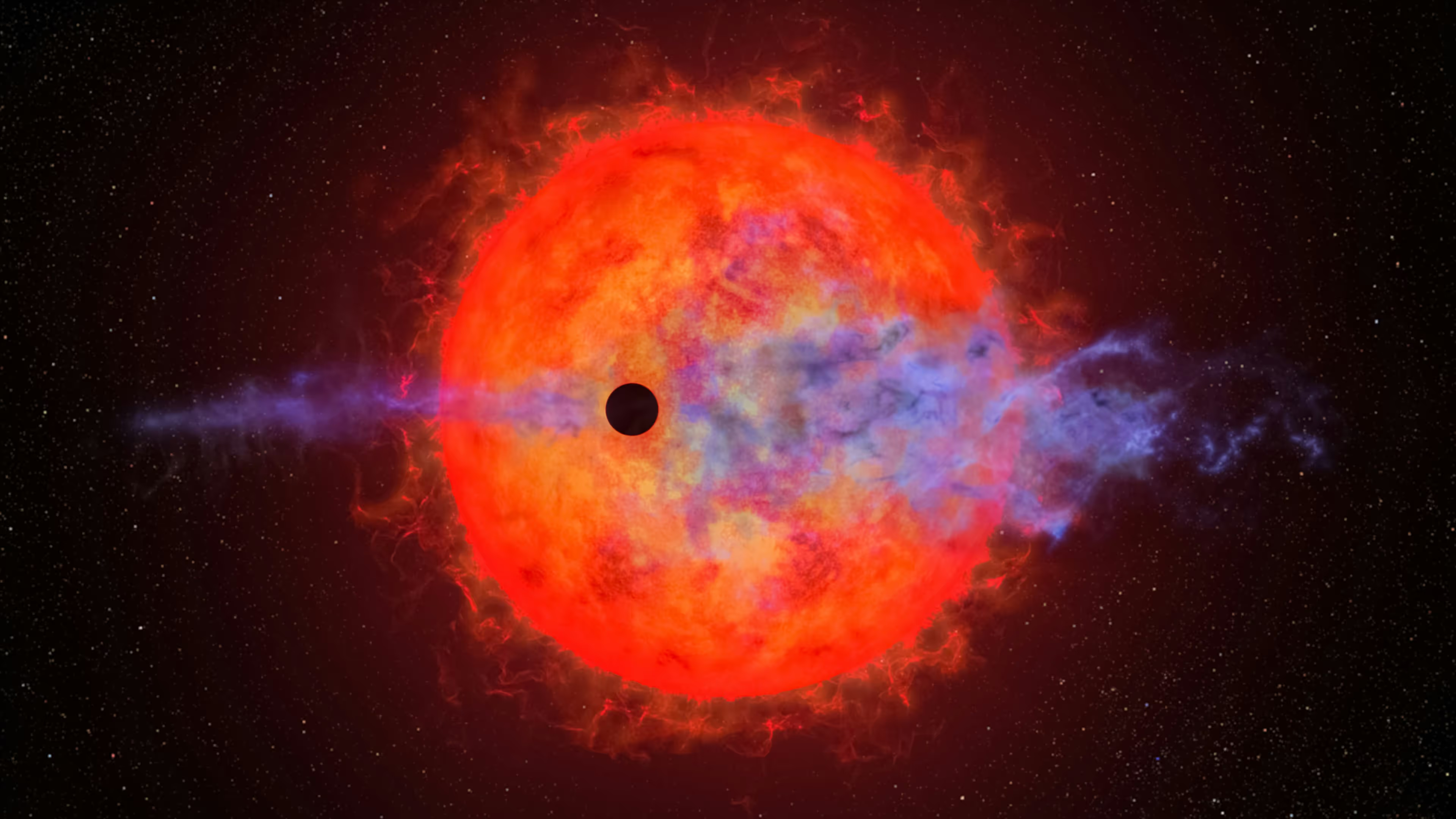
Debate Questions
• Could life exist without a magnetic field?
• Is gravity really the weakest force?
Instructions
1. Divide class into pairs or small groups.
2. Assign or let students choose one of the questions. Students research their side of the argument using ITZA resources.
3. Present arguments and rebuttals to the class.
4. Facilitate a moderated discussion or a formal debate format.
Extension
• Use visual aids or props.
• Record the debate for reflection or peer feedback.
Benefits
✅ Develops analytical thinking
✅ Builds confidence in public speaking
✅ Encourages evidence-based reasoning
PLENARY ACTIVITIES
Use these for final reflections or end-of-lesson wrap-ups. Choose based on student level:
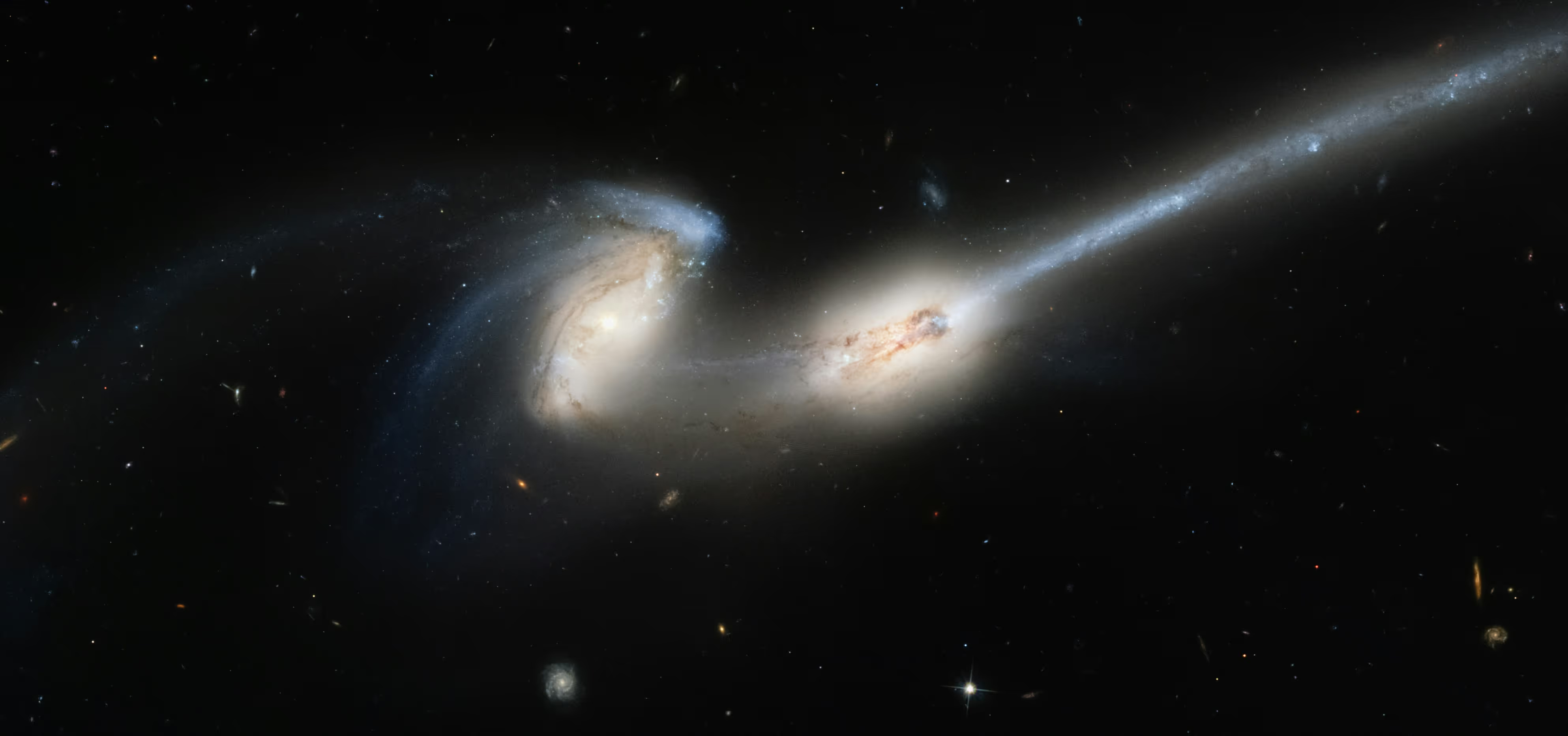
Foundation
• If gravity is so weak, how can it hold galaxies together?
• What happened when Earth collided with Theia?
• Who was alive when the starlight we see today was emitted?
Intermediate
• How did the Moon become so smooth after its violent formation?
• Could a magnetic field be invisible yet strong enough to protect life?
• Where did all the gold on Earth come from?
Advanced
• What if Earth’s magnetic field vanished overnight?
• Could alien life be based on elements other than water and carbon?
• What’s one thing you learned today that changed your perspective?
HOMEWORK CHALLENGE
Duration: 30 minutes

Instructions
1. Assign a mission or challenge from the ITZA platform.
2. Students must provide one or more of the following:
• Submit evidence of learning (screenshot of Yakka balance/milestone, certificates or digital badges)
• Summary of what they learned
• A question they can now answer
• Reflection or insight
3. Students report back in one of the following formats:
• Short class presentation
• Written summary
• Creative video or digital collage
Optional Prompt:
“Prepare one compelling question based on what you explored to ask your classmates.”
CURRICULUM LINKS
This toolkit supports skills in:
• Science literacy (astronomy, physics, Earth science)
• Creative writing and communication
• Teamwork and leadership
• Critical thinking and reasoning
• Digital and independent learning



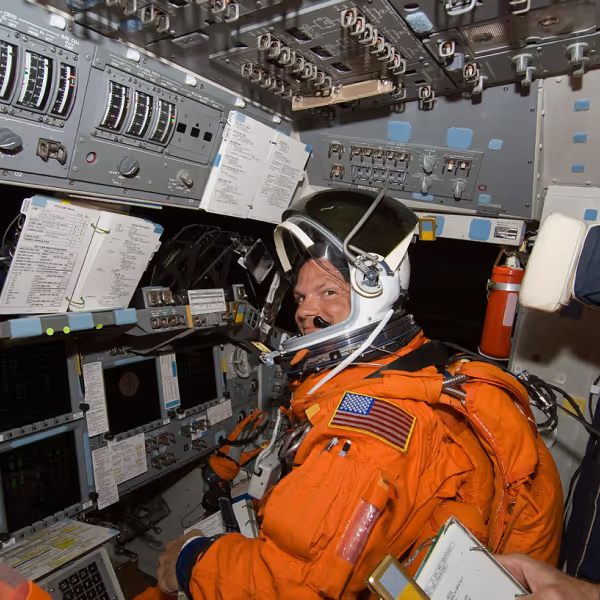

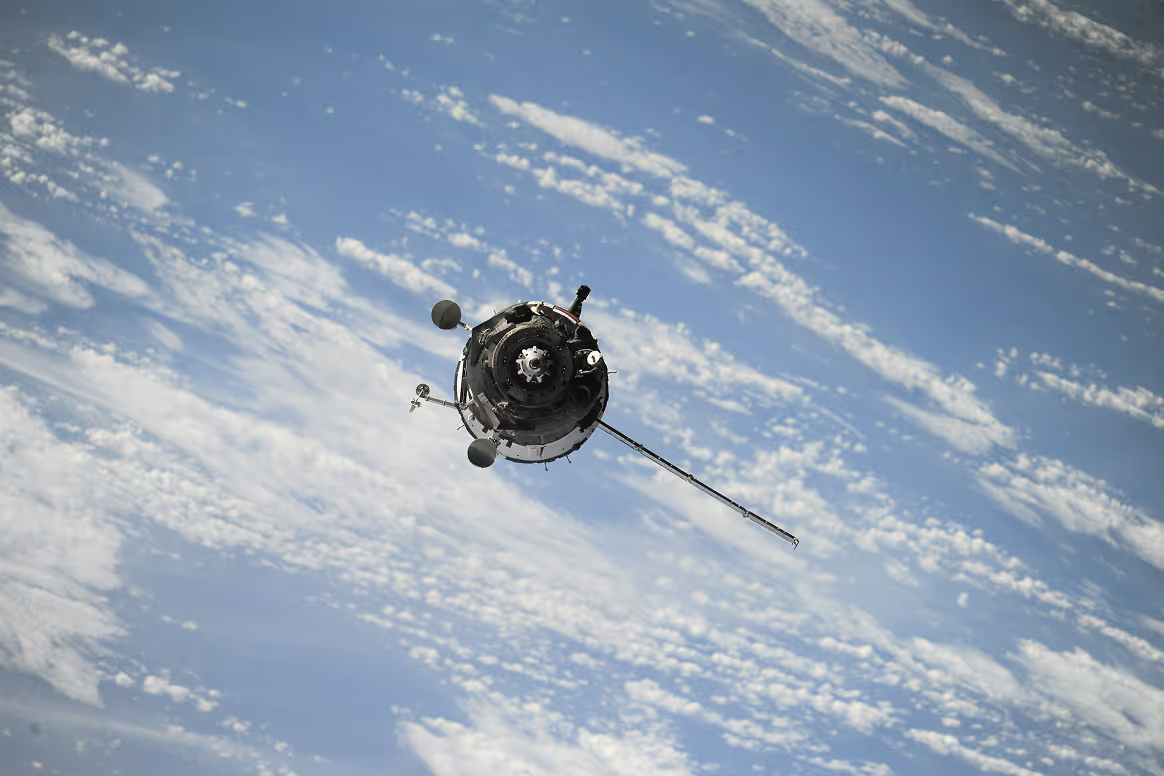






.avif)
